Skenfrith Castle | Visit Amazing Welsh Castles
Skenfrith Castle is a Norman stone fortress located in Monmouthshire, near the Welsh-English border. It was built in the late 11th or early 12th century to control a key crossing over the River Monnow.
The castle was part of a defensive trio known as the “Three Castles”, along with Grosmont and White Castle, designed to secure the strategic region known as the Welsh Marches.
Today, it stands in ruins, but its circular keep and well-defined curtain wall remain notable examples of early medieval military design. Unlike many later castles, it was never significantly modified after the 13th century. This makes it a useful site for understanding the transition from wooden motte-and-bailey structures to stone fortifications.
Quick Facts
Date of construction: Late 11th or early 12th century
Location: Skenfrith, Monmouthshire, South Wales
Who built it: Originally built by Norman forces under William fitz Osbern or his followers; later rebuilt in stone by Hubert de Burgh
Key purpose or historical use: Military outpost to control the Monnow Valley and secure the Welsh border during the Norman expansion
A Brief History
The first castle at Skenfrith was likely built soon after the Norman conquest of England in 1066. Its early form was a timber motte-and-bailey fortification, part of a rapid Norman push into South Wales. William fitz Osbern, Earl of Hereford, is often credited with establishing control in the area.
By the late 12th century, the original wooden structure had decayed. In the early 13th century, King John granted the “Three Castles”: Skenfrith, Grosmont, and White Castle to Hubert de Burgh, a powerful royal official. He rebuilt Skenfrith in stone between 1219 and 1223. The new design featured a circular keep and curtain wall, reflecting updated military thinking.
After Hubert’s fall from favour, the castles returned to royal hands. Skenfrith remained active into the 14th century but saw little further development. Its importance declined as the threat of Welsh uprisings decreased.
By the 16th century, Skenfrith was abandoned as a residence or garrison. The castle fell into disrepair. Its stone was not extensively reused, which helped preserve its structure.
Today, the ruins are managed by Cadw. The site remains open to the public, free of charge.
Features and Layout
Skenfrith Castle has a compact, circular layout enclosed by a thick curtain wall. This design is unusual in Welsh castles and reflects an early example of concentric planning.
The central keep is round and solidly built, standing roughly 12 metres high. Its shape helped deflect projectiles and reduced blind spots. The keep once contained living quarters and defensive positions, though much of the interior has collapsed.
The curtain wall encloses the keep and defines the castle’s main footprint. It features four corner towers, now mostly reduced to foundations and a fortified gatehouse on the east side. The wall also enclosed a narrow ditch, which acted as a basic defensive moat.
A stone hall block once stood against the curtain wall. This would have served as the main domestic space, but only its lower walls remain. Traces of fireplaces and arrow loops can still be seen in the stonework.
The Monnow River runs close to the site, adding a natural line of defence and providing water during sieges.
Skenfrith was not a large castle. Its strength came from its strategic position and compact, defensible layout. Because it was never extensively altered, its surviving features offer a clear view of 13th-century military architecture.
Images
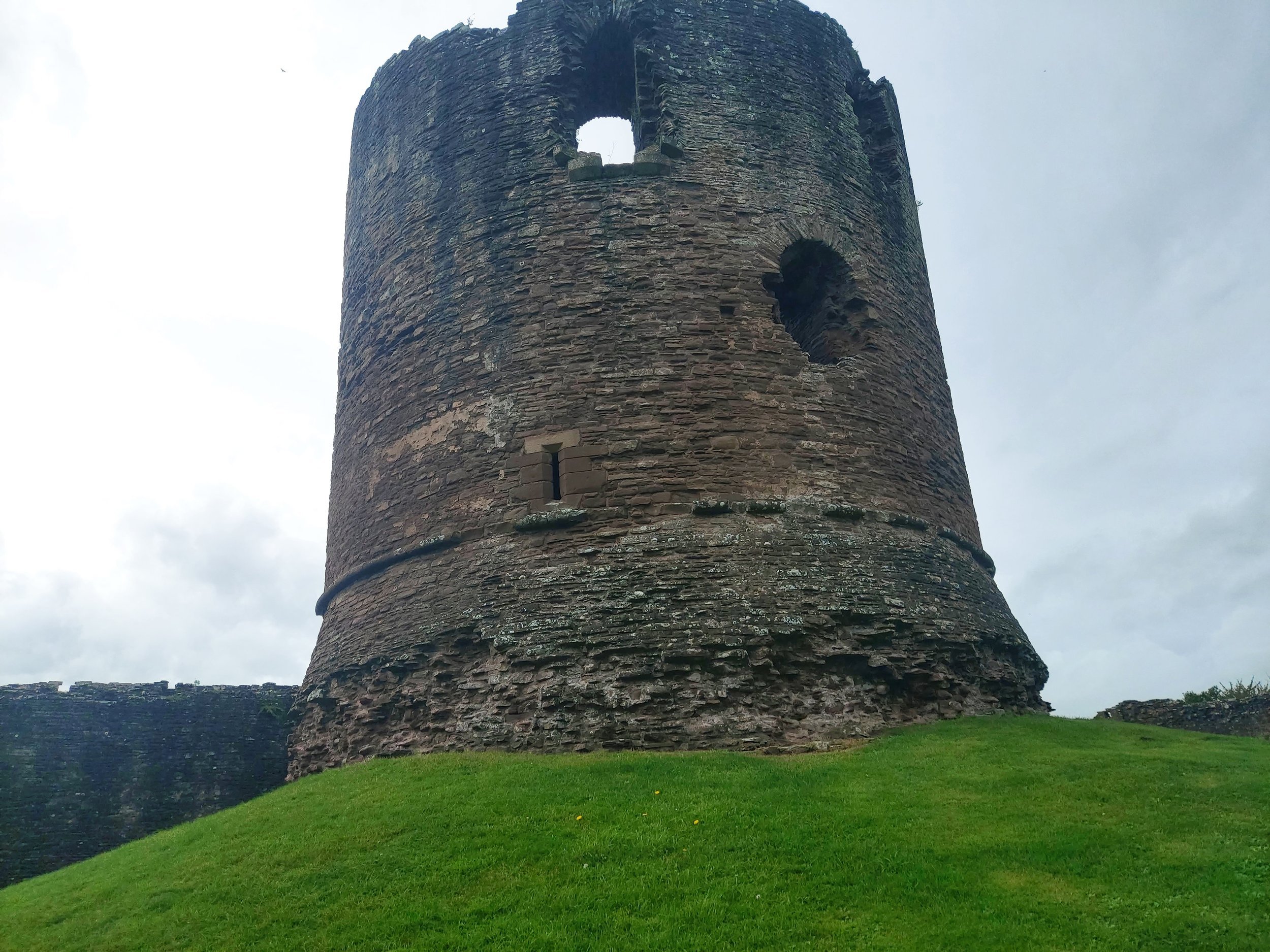
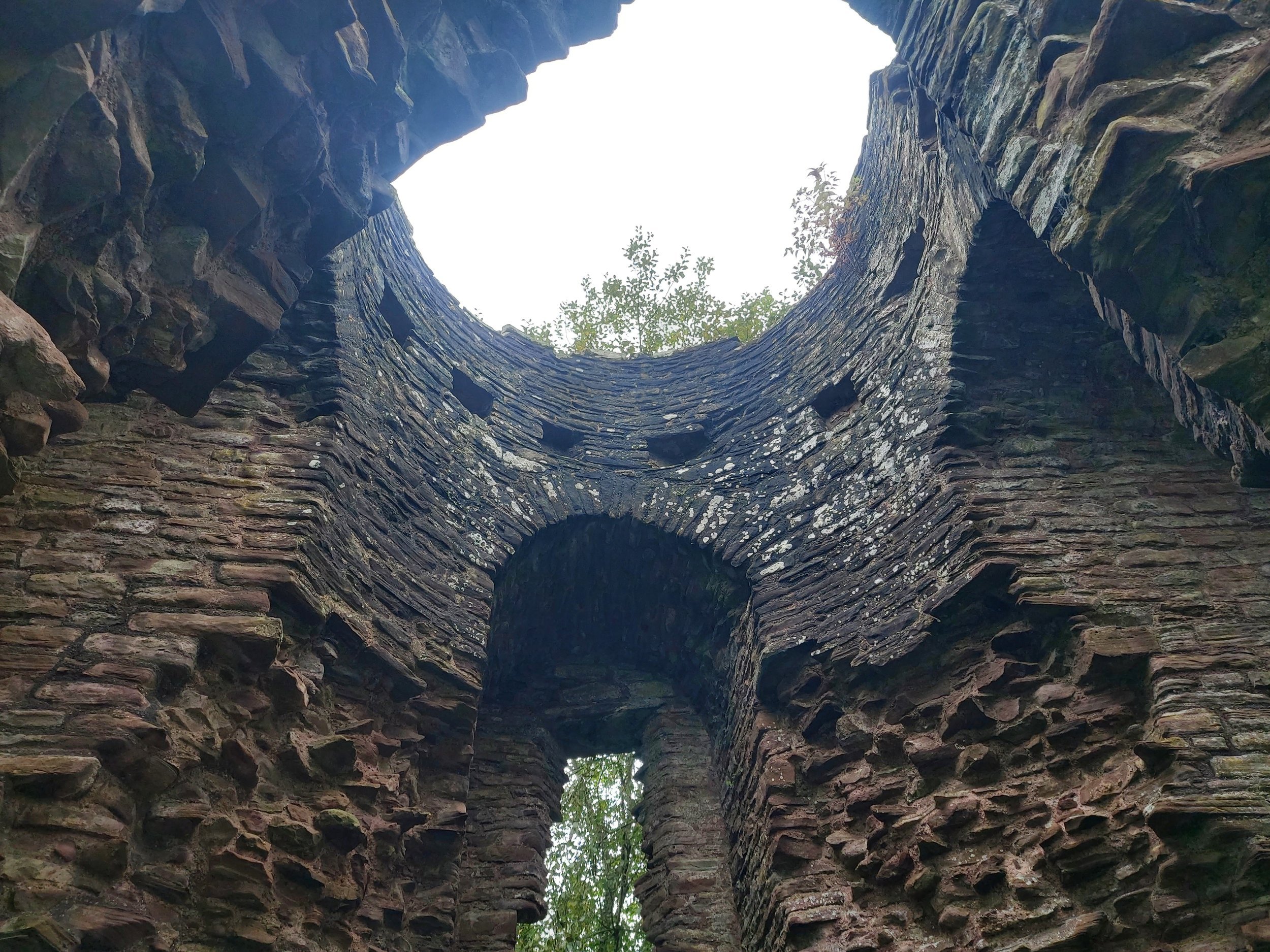
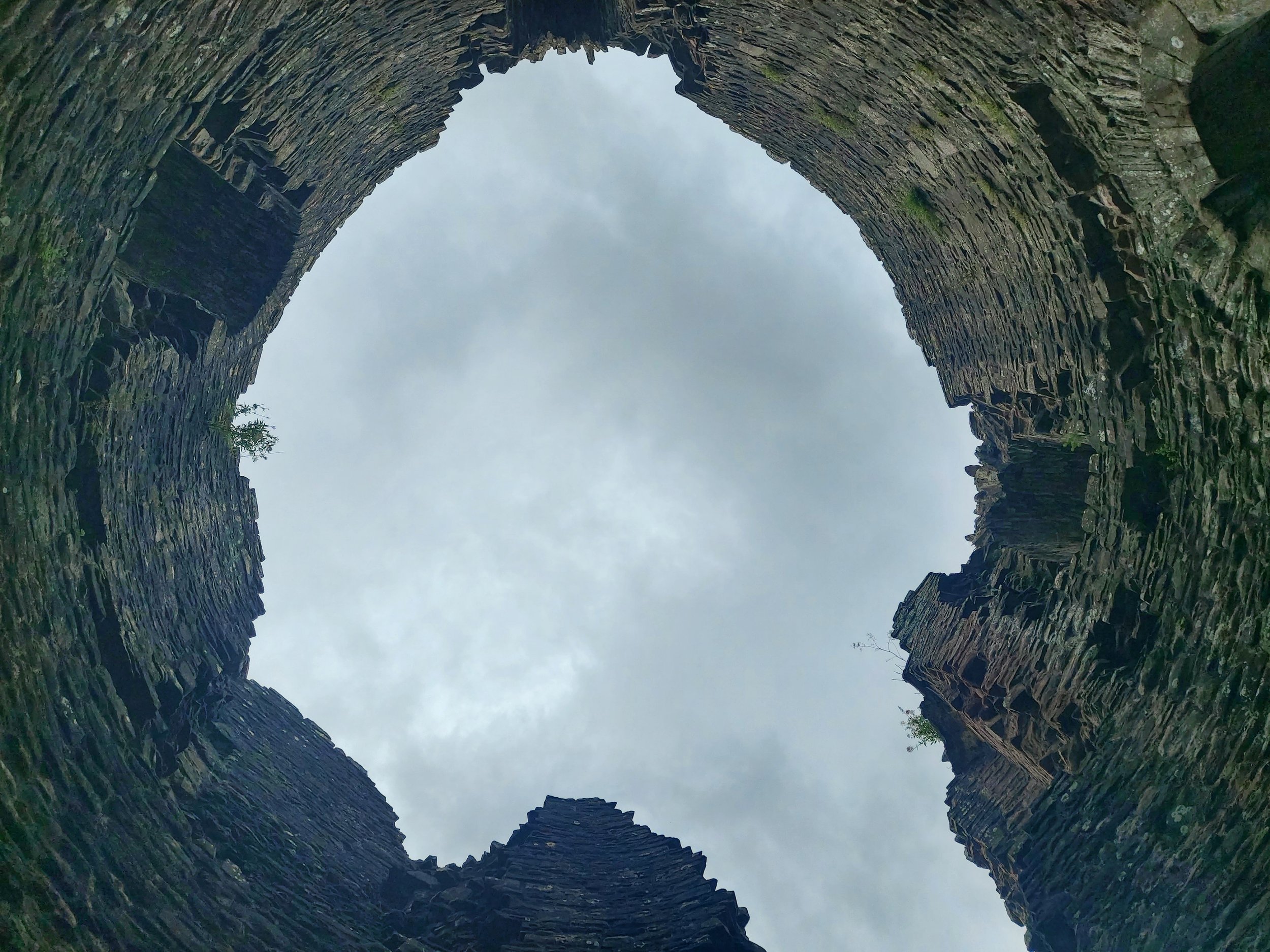
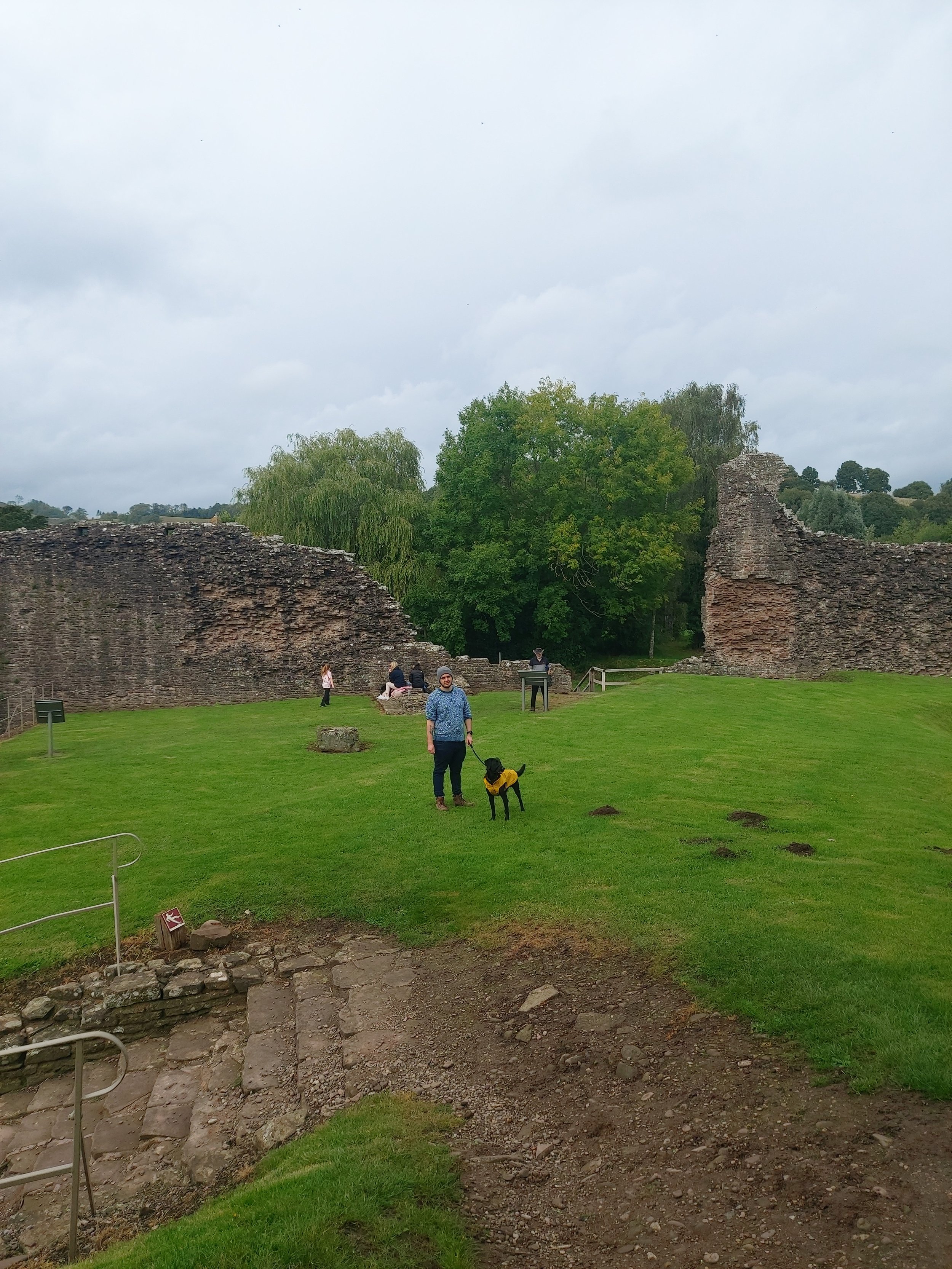
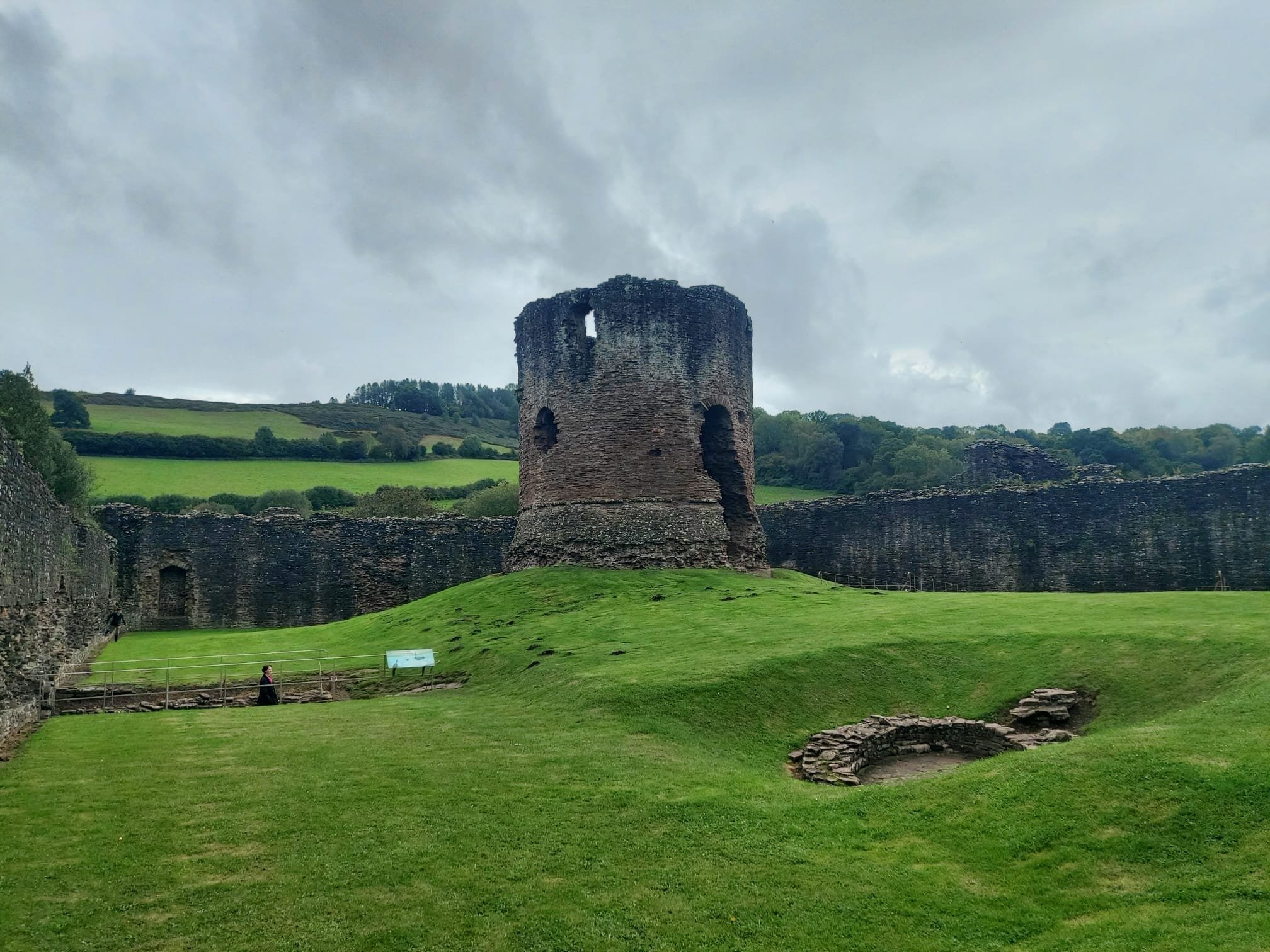
Legends and Stories
There are no widely known ghost tales or romantic legends attached to the castle. Its story is more grounded in political and military history than folklore.
However, some local traditions speak of secret tunnels under the site. These supposed passages were said to connect Skenfrith with the nearby castles at Grosmont and White Castle. No evidence has ever confirmed their existence, but the tale reflects the deep connection between the “Three Castles” in both history and imagination.
Skenfrith also features in the background of a minor royal scandal. In the 13th century, Hubert de Burgh, who rebuilt the castle in stone, rose to become one of the most powerful men in England. His sudden fall from power in 1232 was dramatic. Accused of treason and imprisoned, he lost control of Skenfrith and its sister castles. His story adds a layer of political intrigue to the otherwise quiet site.
Visiting
Opening times & entry
The castle is open daily year-round, from 10:00 am to 4:00 pm, with last admission at 3:30 pm. It closes on 24, 25, 26 December and 1 January. Entry is free.
Ticket prices
No ticket is required. Entry is free for all visitors.
Directions & transport
By car: Follow the B4521 from Abergavenny or Monmouth; Skenfrith lies off this road. There’s a small on-site car park with space for ~6 cars.
By bike: The castle sits on National Cycle Network Route 426.
By public transport: The nearest station is Abergavenny, about 14 miles away.
Facilities & accessibility
Parking: Free; no dedicated disabled bays.
Bike storage: Provided in or near the car park .
Accessibility: Terrain is easy (Level 2). The site is mostly level, but interiors may have uneven surfaces.
Dogs: Allowed on short leads, limited to ground floor areas.
Smoking & drones: Both are prohibited on site.
Nearby Attractions
The castle is in the quiet Monnow Valley, close to several other historical and natural attractions.
White Castle and Grosmont Castle
These two castles form the remaining parts of the “Three Castles” group.
White Castle is 8 miles southeast. It features large earthworks and striking stone walls.
Grosmont Castle lies 6 miles west. It has a fine gatehouse and scenic views.
Both are Cadw sites and free to enter.
St Bridget’s Church, Skenfrith
Next to the castle, this 13th-century church contains rare medieval features. The most notable is a 14th-century effigy of a knight in armour. It also has a copy of the 1611 King James Bible.
The Monnow Valley Walk
This long-distance footpath follows the River Monnow. It links Skenfrith with Grosmont and other local villages. The route passes woodland, farmland, and historic buildings.
The town of Monmouth
Located about 8 miles east, Monmouth offers a wide range of shops, cafes, and cultural stops. It is home to Monmouth Castle, the Shire Hall, and the Nelson Museum.
Abergavenny
About 14 miles southwest, Abergavenny is a market town known for its food festivals and castle ruins. It also serves as the main transport hub for reaching Skenfrith by bus or train. It also has its own castle.
Visitor Tips
Footwear: Wear sturdy shoes. The ground can be uneven, especially inside the curtain wall. Grass can be slippery after rain.
Best time to visit: Weekdays in spring or autumn offer quiet conditions and good light for photography. Summer weekends can get busy, though the site is rarely crowded.
Weather: There’s no shelter on site. Bring waterproofs if rain is likely. The castle is exposed, so wind and sun can be strong.
What to bring: There are no toilets or refreshment facilities at the castle. Bring water and snacks, especially if walking nearby trails.
Parking: Arrive early if you're visiting on a weekend. The car park is small and fills quickly in peak months.
Respect the site: Do not climb on the walls. Drones and smoking are not allowed.
Combine visits: Consider linking Skenfrith with Grosmont and White Castle in one trip. The Three Castles Walk offers a scenic route for walkers.
FAQs
-
Yes. Dogs are welcome on short leads. They must stay on the ground floor and be under control at all times.
-
Yes. The site is open daily and free to visit. No booking is required.
-
Yes. A small free car park is located near the entrance. It holds around six vehicles.
-
Not directly. The nearest station is in Abergavenny, about 14 miles away. You’ll need to use a car, bike, or local taxi to complete the journey.
-
Partly. The grounds are mostly level and accessible, but surfaces inside the castle may be uneven or grassy.
-
No. There are no visitor facilities inside the castle grounds. The nearby village has a pub and limited amenities.
Wrapping it Up
This castle is a quiet but important site in the history of the Welsh Marches. Its well-preserved 13th-century layout offers a rare glimpse into early stone castle design. Entry is free, and the site is open year-round.
You’ll find no crowds or commercial attractions here. Just solid stone walls, peaceful countryside, and a sense of how border control once shaped this part of Wales. Combine it with nearby castles or local walks for a fuller day out.
Plan ahead for weather and facilities, and bring what you need. It’s a simple, rewarding visit, especially for those interested in medieval architecture or Norman history.
Sources
https://cadw.gov.wales/visit/places-to-visit/skenfrith-castle
https://www.nationaltrust.org.uk/visit/wales/skenfrith-castle
https://www.visitmonmouthshire.com/things-to-do/walking/three-castles-walk
https://www.visitmonmouthshire.com/dbimgs/Three%20Castles%20Walk.pdf
https://www.ratedtrips.com/things-to-do/wales/monmouthshire/skenfrith/skenfrith-castle
https://www.visitmidwales.co.uk/showmewales/things-to-do/skenfrith-castle-cadw-p1729181
https://en.wikipedia.org/wiki/Three_Castles_Walk%2C_Monmouthshire
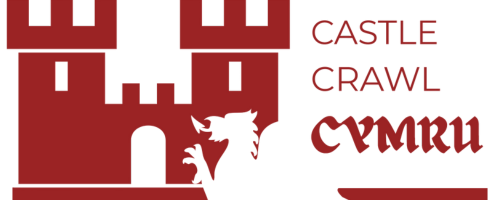

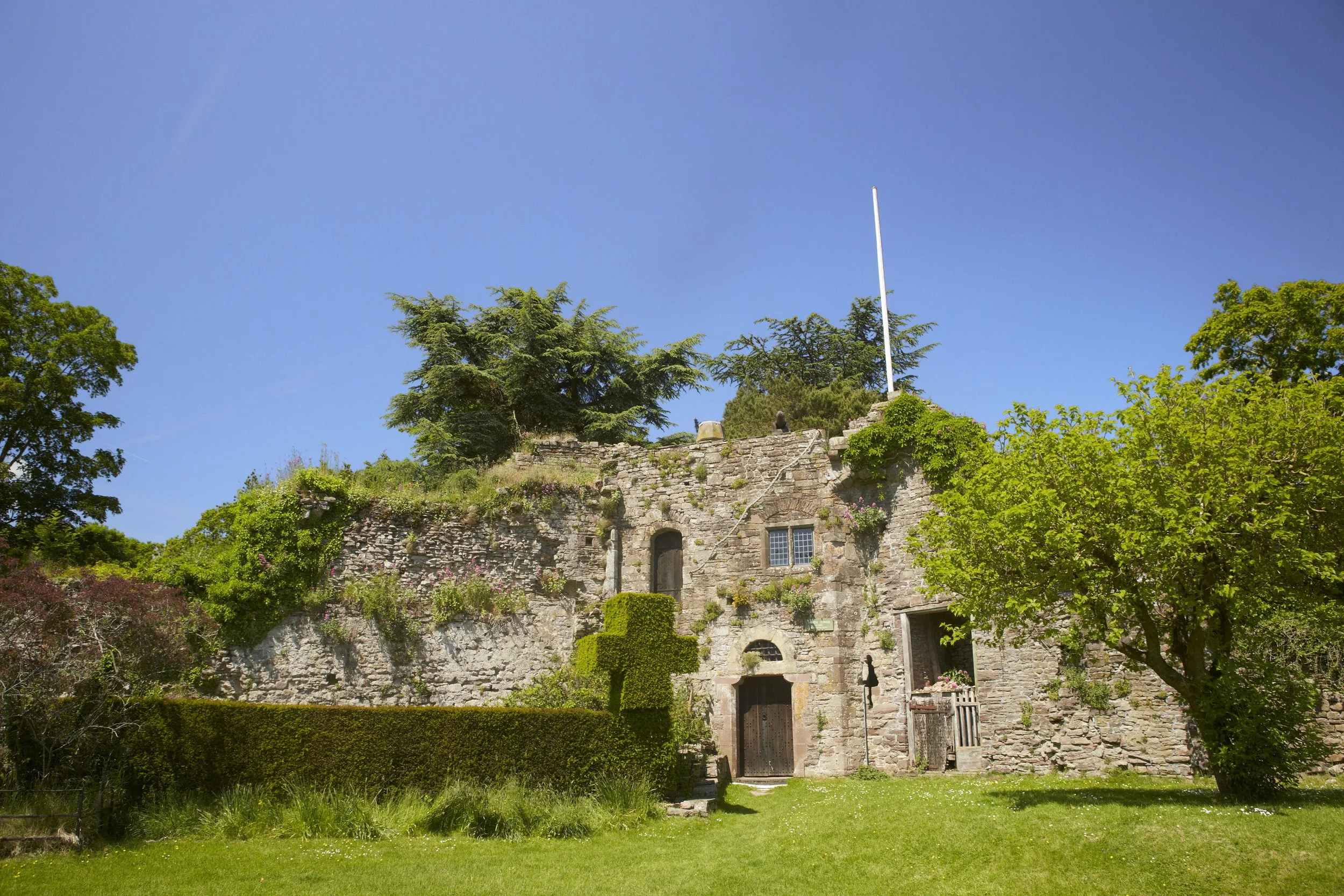
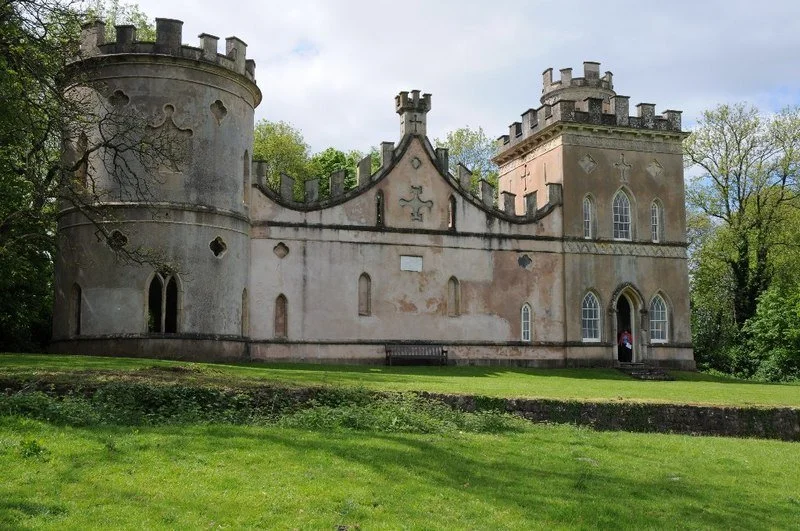
Cardiff Castle is a medieval and Victorian-era site in the centre of Cardiff, the capital of Wales.